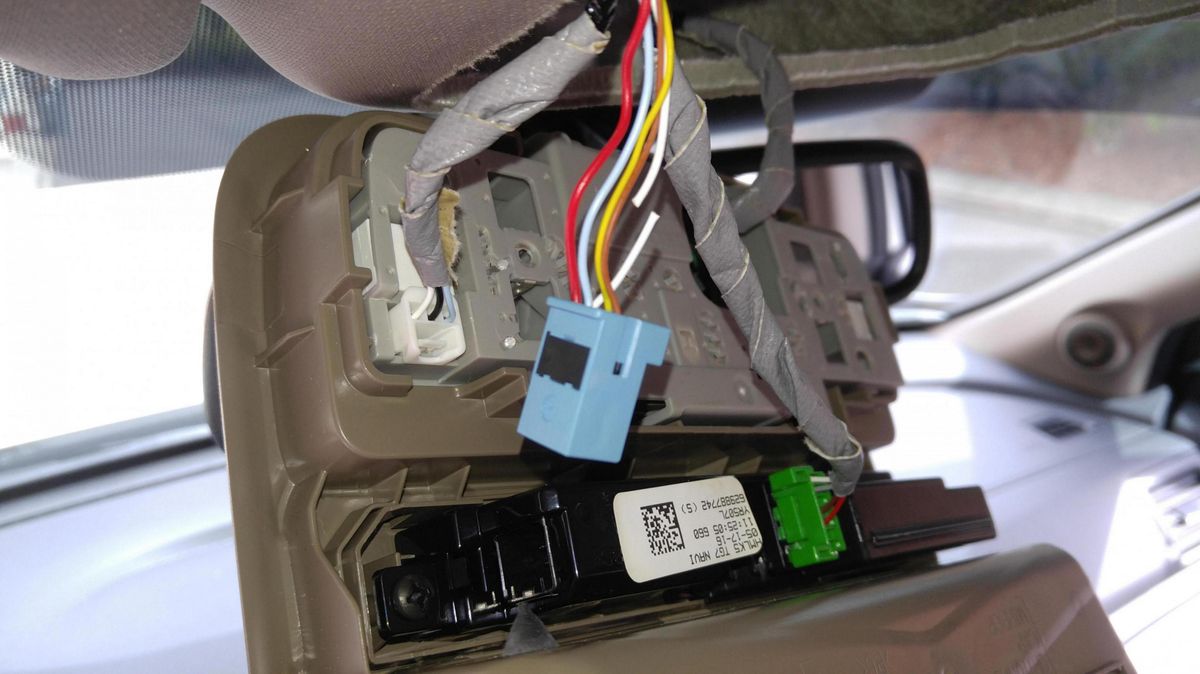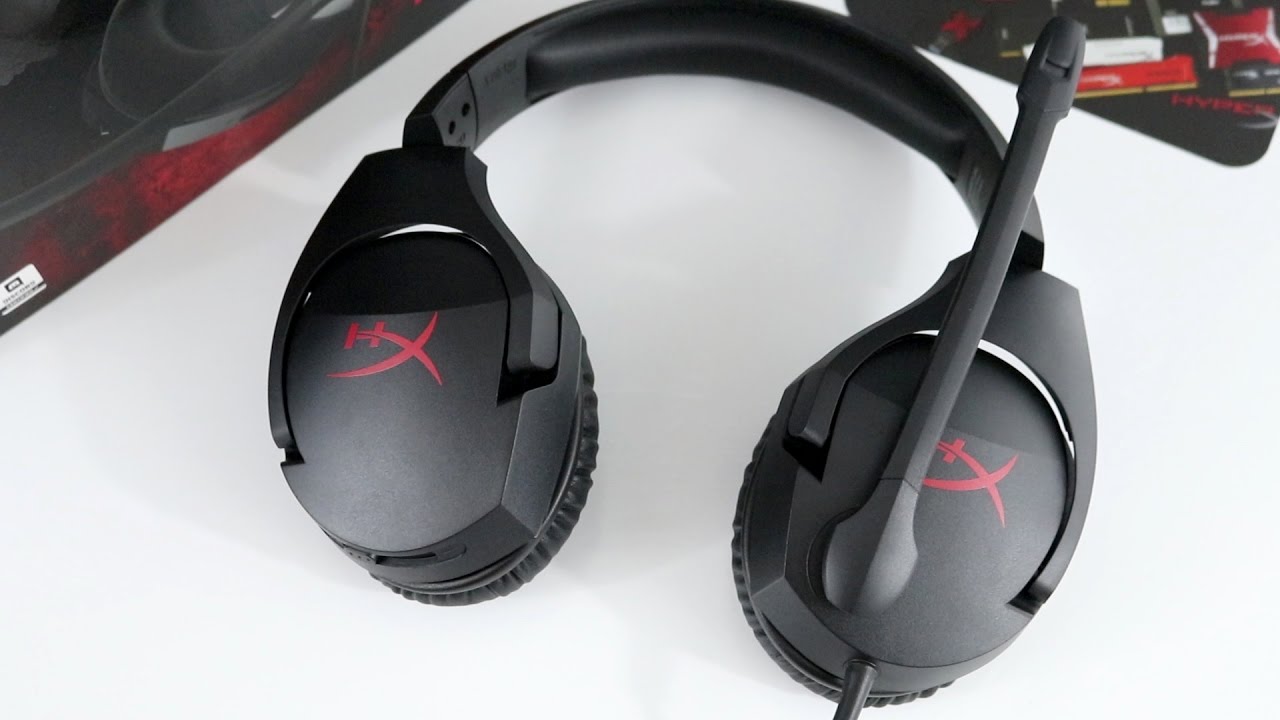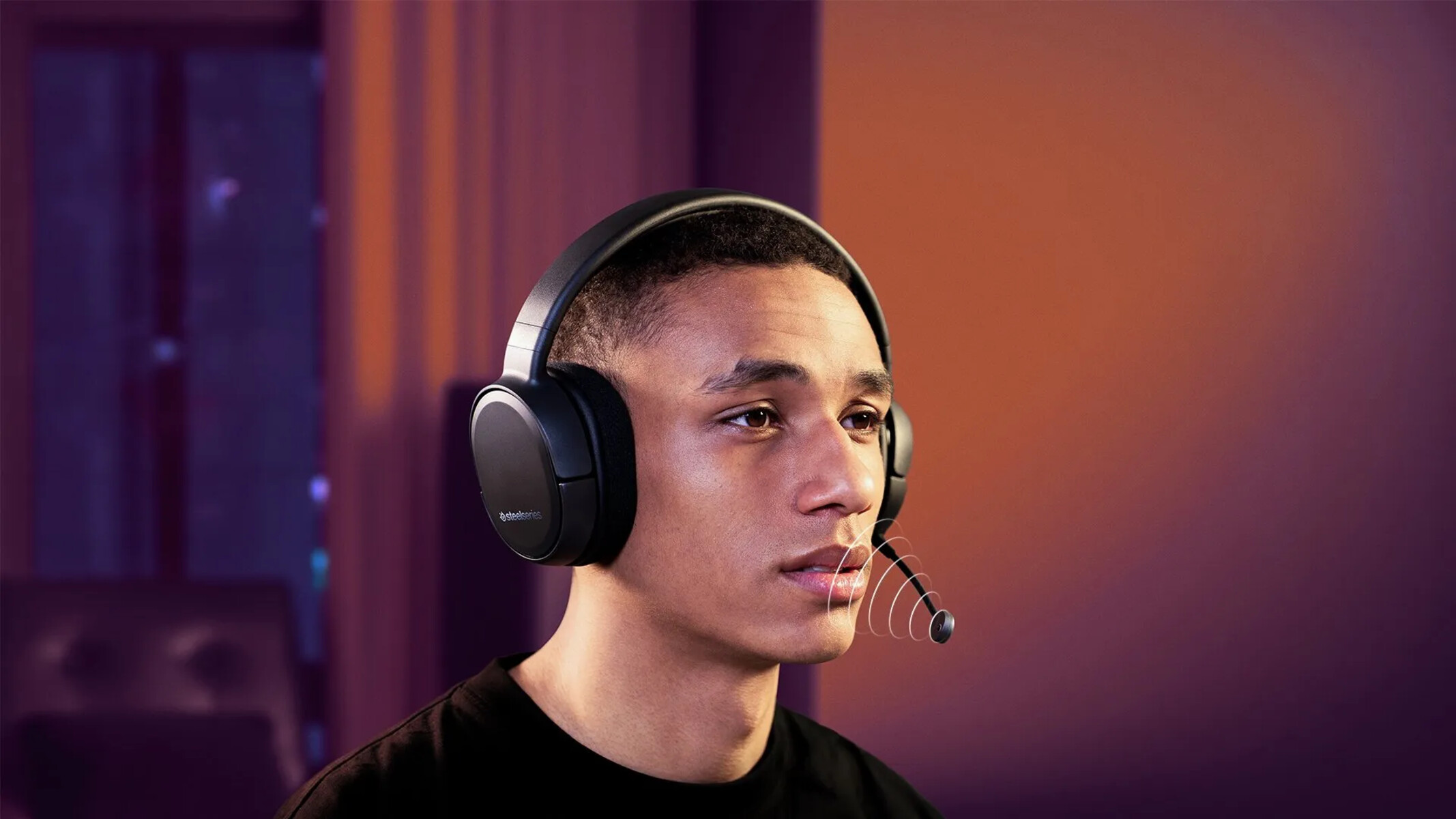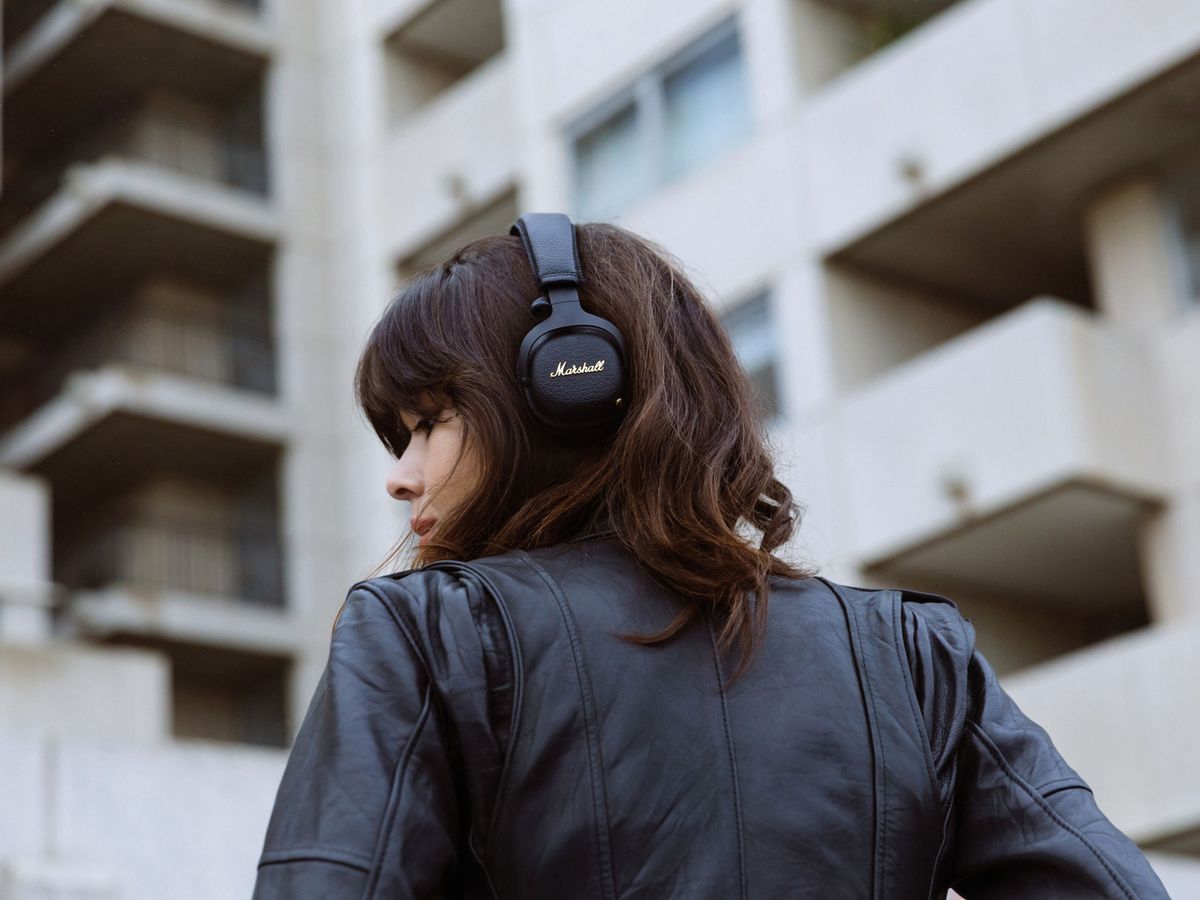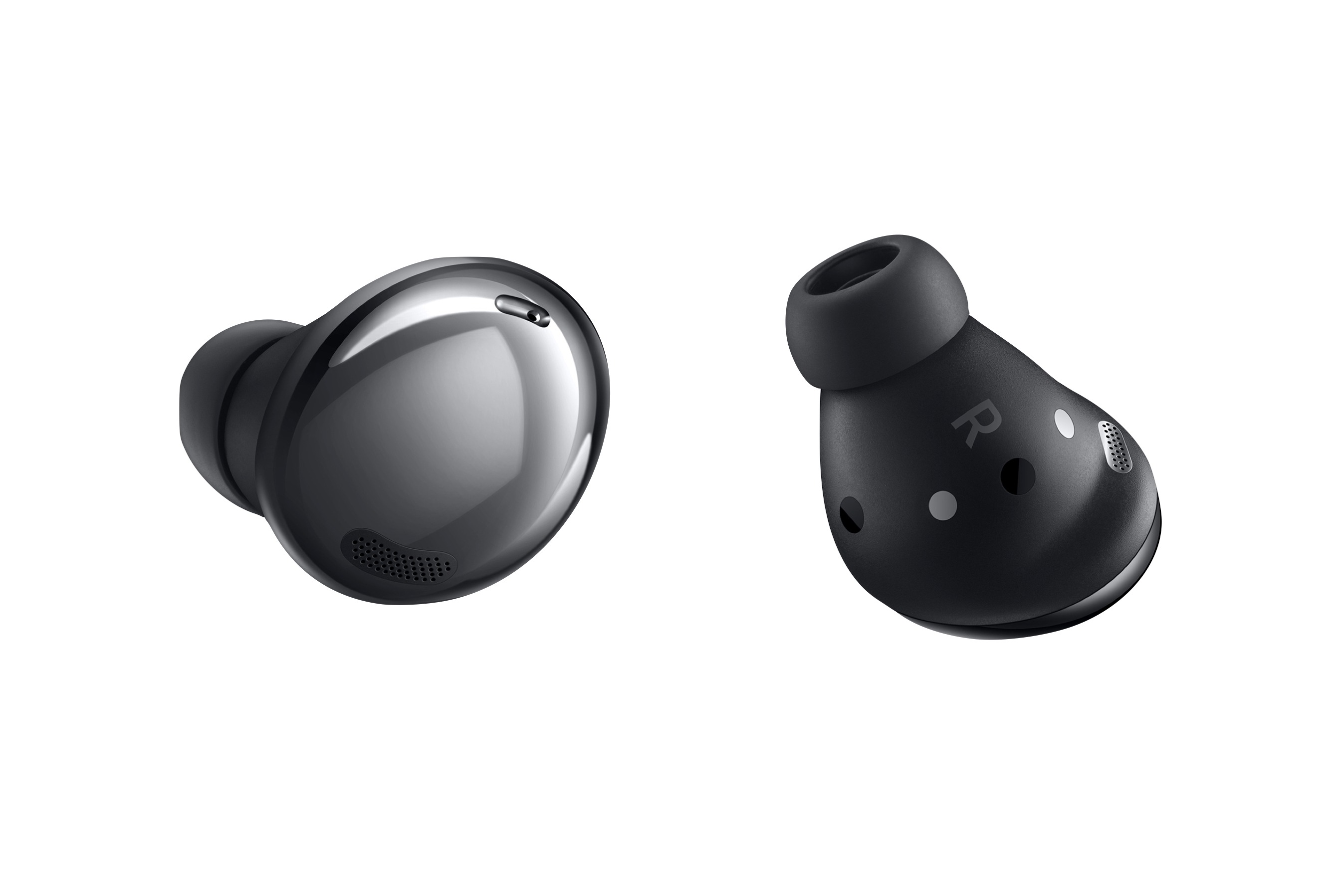Home>Production & Technology>Noise Cancellation>How To Know If Active Noise Cancellation Is Working


Noise Cancellation
How To Know If Active Noise Cancellation Is Working
Modified: January 22, 2024
Learn how to determine if active noise cancellation is functioning properly. Discover if your noise cancellation feature is effectively reducing external noise.
(Many of the links in this article redirect to a specific reviewed product. Your purchase of these products through affiliate links helps to generate commission for AudioLover.com, at no extra cost. Learn more)
Table of Contents
Introduction
Welcome to the world of active noise cancellation, a technological marvel that allows you to enjoy a peaceful and immersive audio experience even in the noisiest environments. Whether you’re a frequent traveler, an office worker in a bustling open workspace, or simply seeking solace in a busy coffee shop, active noise cancellation (ANC) can significantly enhance your auditory experience by eliminating background noise.
In this article, we will delve into the fascinating world of active noise cancellation, exploring its working principle, signs that it is functioning effectively, and common issues that may arise. By the end, you’ll have a comprehensive understanding of how ANC works and be equipped to determine if your noise-canceling headphones or earbuds are delivering the desired results.
Active noise cancellation technology has come a long way since its inception. It is now widely integrated into various audio devices, including headphones, earphones, and even smartphone speakers. ANC works by capturing external sounds through built-in microphones, analyzing the sound waves, and creating an opposite sound wave to cancel out the unwanted noise.
With ANC-enabled devices, you can immerse yourself in your favorite music, podcasts, or audiobooks without the distraction of background noise. It allows you to focus and enjoy your audio content with pristine clarity, making it a game-changer for many individuals.
However, sometimes it’s not easy to determine if active noise cancellation is actually working. In this article, we will explore the telltale signs that ANC is doing its magic, as well as discuss common issues that may affect its effectiveness. Whether you’re a seasoned ANC user or new to the technology, this article will serve as a helpful guide to help you make the most out of your audio experience.
Understanding Active Noise Cancellation
Active noise cancellation (ANC) is a technology that actively reduces the level of ambient noise in your environment, allowing you to enjoy audio content without external distractions. To fully grasp how ANC works, it’s essential to understand the difference between active and passive noise cancellation.
Passive noise cancellation relies on the physical design of headphones or earbuds to block out external noise. It is achieved through the use of materials that create a seal around your ears or fit snugly in your ear canal, effectively reducing the amount of sound that reaches your ears. While passive noise cancellation is effective to some extent, it has limitations in canceling out low-frequency sounds and may not provide a completely quiet listening experience.
On the other hand, active noise cancellation takes noise reduction to the next level by utilizing advanced technology. ANC-enabled devices incorporate microphones that capture external sounds and generate sound waves to cancel out the incoming noise. By analyzing the frequency and amplitude of the ambient noise, ANC algorithms generate an inverted sound wave, which is then played through the headphones or earbuds.
The inverted sound wave produced by the ANC technology essentially “cancels out” the external noise, allowing your audio content to come through clearly. This is particularly effective for continuous, low-frequency sounds such as engine hum, airplane cabin noise, or the hum of an air conditioner.
It’s important to note that active noise cancellation is most effective in reducing repetitive, low-frequency noises. Sudden, sharp sounds, such as a loud conversation or a slamming door, may not be completely attenuated by ANC alone. However, they may still be partially blocked by the passive noise isolation provided by the physical design of the headphones or earbuds.
The effectiveness of ANC can vary depending on the quality of the device and the technology used. High-quality ANC headphones typically provide a more immersive and efficient noise-canceling experience. It’s worth investing in ANC-enabled devices from reputable brands with a track record of delivering superior ANC technology.
Now that we have a clear understanding of how active noise cancellation works, let’s delve into the signs that indicate ANC is functioning effectively in the next section.
The Working Principle of Active Noise Cancellation
To understand the working principle of active noise cancellation (ANC), let’s take a closer look at the key components and processes involved in this technology.
Active noise cancellation relies on a combination of hardware and software to effectively reduce ambient noise. Here’s how it works:
- Microphones: ANC-enabled devices are equipped with built-in microphones strategically placed to capture external sounds. These microphones pick up the ambient noise around you, including low-frequency rumblings, background chatter, or the hum of an engine.
- Signal Processing: Once the microphones capture the external sounds, the signals are processed through advanced algorithms. These algorithms analyze the sound waves, identify the frequency and amplitude of the noise, and determine the exact opposite sound wave required to cancel out the noise.
- Inverted Sound Waves: After analyzing the ambient noise, the ANC technology generates inverted sound waves that are precisely out of phase with the external noise. These inverted sound waves have the opposite amplitude of the original noise, effectively canceling it out.
- Playback: The inverted sound waves are then played through the headphones or earbuds simultaneously with the audio content you’re listening to. As the inverted sound waves reach your ears, they interfere with the incoming external noise, effectively canceling it out before it reaches your ears.
This synchronized playback of the inverted sound waves and the audio content you’re listening to creates a quieter listening environment by significantly reducing or eliminating the background noise. The result is a clearer and more immersive audio experience, allowing you to focus on your desired audio content without distraction.
It’s important to note that active noise cancellation is most effective in canceling out continuous, low-frequency noises, such as the drone of an airplane engine, the rumble of a train, or the hum of an air conditioner. For sudden, sharp sounds or transient noises, ANC may not provide complete attenuation. However, the passive noise isolation provided by the physical design of the headphones or earbuds can still help reduce such noises to some extent.
It’s also worth mentioning that ANC technology has advanced over the years, and different devices may incorporate additional features to further enhance noise cancellation, such as multiple microphones for better sound capture or adaptive ANC that adjusts the cancellation strength based on the surrounding noise levels.
Now that we understand the working principle of active noise cancellation, let’s explore the signs that indicate ANC is effectively working in the next section.
Signs That Active Noise Cancellation Is Working
Active noise cancellation (ANC) technology has become increasingly prevalent in headphones and earbuds, allowing users to enjoy a more immersive audio experience in noisy environments. But how can you tell if ANC is actually working? Here are some signs to look out for:
- Decreased background noise: One of the most obvious signs that active noise cancellation is working is a noticeable reduction in ambient background noise. When you enable ANC, you should experience a significant decrease in the sounds of traffic, chatter in a crowded space, or the hum of an air conditioner. The ANC technology actively works to cancel out these external noises, creating a more peaceful listening environment.
- Enhanced audio clarity: ANC is not only about reducing background noise but also about enhancing the clarity of your audio content. When active noise cancellation is functioning correctly, you should notice that your music, podcasts, or movies sound crisper, with greater detail and depth. The absence of competing sounds allows you to fully immerse yourself in the audio experience, appreciating the nuances that may have been obscured by ambient noise.
- Improved focus: The purpose of active noise cancellation is to help you focus on your audio content without distractions. When ANC is working effectively, you will find it easier to concentrate on your work, study, or entertainment. Whether you’re trying to listen to a webinar, read a book, or work on a project, ANC minimizes external disturbances and enables you to maintain your focus and productivity.
- Reduced fatigue: Being exposed to constant environmental noise can lead to mental and physical fatigue. By effectively canceling out background noise, active noise cancellation can help reduce the strain on your auditory system and alleviate fatigue caused by continuous exposure to noise. You may find that you feel less mentally drained after using ANC-enabled devices for extended periods.
- Consistent noise cancellation: A reliable indication that active noise cancellation is working is its consistency. When ANC is functioning correctly, the reduction in background noise should be consistent across different environments and noise levels. Whether you’re on a plane, in a busy café, or walking through a crowded street, you should experience a consistent level of noise reduction, allowing you to enjoy a consistent audio experience.
It’s important to note that the effectiveness of ANC can vary depending on the quality of the device and the specific ANC technology used. Higher-end headphones or earbuds with advanced ANC algorithms may provide more efficient noise cancellation than budget-friendly options.
Furthermore, it’s worth mentioning that the impact of ANC can differ based on the type of noise. ANC is most effective in canceling out continuous, low-frequency noises, such as the rumble of an engine or the hum of air conditioning. Sudden, sharp sounds or transient noises may not be completely eliminated by ANC alone.
By being aware of these signs, you can confidently assess whether active noise cancellation is working and get the most out of your ANC-enabled headphones or earbuds.
Common Issues and Troubleshooting
While active noise cancellation (ANC) technology can greatly enhance your audio experience, there are a few common issues that may arise. Fortunately, many of these issues can be easily addressed with some troubleshooting. Here are some common ANC issues and how to troubleshoot them:
- Ineffective noise cancellation: If you’re not experiencing the desired level of noise reduction, there are a few things you can try. First, ensure that your headphones or earbuds are properly fitted and creating a secure seal. Proper fit is essential for passive noise isolation, which complements ANC. Additionally, check if there is any debris or dirt blocking the microphone or ear tips, as this can affect ANC performance. Finally, make sure your ANC is enabled in the device settings, as some ANC-enabled devices offer the option to toggle ANC on or off.
- White noise or hissing sound: In some cases, you may hear a faint white noise or hissing sound when ANC is activated. This is a common occurrence and is known as “ANC artifacts.” ANC technology works by generating sound waves to cancel out external noise, and these artifacts may be a byproduct of that process. However, if the white noise or hissing sound is excessive or distracting, it may indicate a problem. Try adjusting the volume level, decreasing the ANC level if your device offers adjustable ANC settings, or consider resetting your device to its default settings.
- Interference or signal degradation: ANC can be susceptible to interference from external sources, such as nearby electronic devices or wireless signals. This interference can lead to signal degradation or a decrease in ANC performance. If you’re experiencing interference, try moving away from potential sources of interference, turning off nearby electronic devices, or switching to a different frequency or channel if you’re using wireless headphones or earbuds.
- Poor battery life: Active noise cancellation requires power, and as such, ANC-enabled devices are equipped with batteries. If you notice a significant decrease in battery life, it may indicate a problem with the battery or a software issue. Start by ensuring that your device is fully charged and that you are using the appropriate charging cable. If the issue persists, consider updating the device firmware or contacting the manufacturer for further assistance.
- Inconsistent ANC performance: If you notice that the effectiveness of ANC varies or is inconsistent, it may be due to changes in the environment or the ANC technology itself. For example, ANC may be less effective in canceling out sudden or unexpected noises compared to continuous, low-frequency sounds. Additionally, some ANC technologies are designed to adapt to the surrounding noise level, so the ANC performance may vary depending on the noise intensity. If you’re experiencing inconsistent ANC performance, it may be helpful to adjust the ANC settings, experiment with different ANC modes (if available), or reach out to the manufacturer for guidance.
Remember, troubleshooting ANC issues can vary depending on the specific device or brand. It’s always a good idea to consult the user manual or contact customer support for detailed troubleshooting steps specific to your ANC-enabled headphones or earbuds.
By addressing these common issues, you can optimize your ANC experience and enjoy the full benefits of noise-canceling technology.
Conclusion
Active noise cancellation (ANC) technology has revolutionized the way we experience audio in noisy environments. By actively reducing background noise, ANC enables us to immerse ourselves in our favorite music, podcasts, or movies without distractions. Through the use of microphones, advanced algorithms, and inverted sound waves, ANC works to cancel out external noises and create a quieter listening environment.
From decreased background noise and enhanced audio clarity to improved focus and reduced fatigue, there are several signs that indicate ANC is working effectively. However, it’s important to understand that ANC has its limitations, particularly when it comes to sudden, sharp sounds or transient noises.
By troubleshooting common ANC issues, such as ineffective noise cancellation, white noise or hissing sound, interference or signal degradation, and poor battery life, you can optimize your ANC experience and overcome any minor obstacles that may arise.
Remember, the effectiveness of ANC can vary depending on the quality of the device and the specific ANC technology used. Investing in high-quality ANC-enabled headphones or earbuds from reputable brands can provide a more immersive and efficient noise-canceling experience.
As technology continues to advance, we can expect ANC to become even more sophisticated and capable of delivering exceptional noise cancellation in a wide range of scenarios. Whether you’re a frequent traveler, an office worker, or simply seeking tranquility in a bustling environment, ANC technology can help you enjoy your audio content with greater clarity and focus.
So, the next time you put on your ANC-enabled headphones or earbuds, pay attention to the signs that indicate ANC is working. Sit back, relax, and let this remarkable technology transport you to a world of uninterrupted audio bliss.

